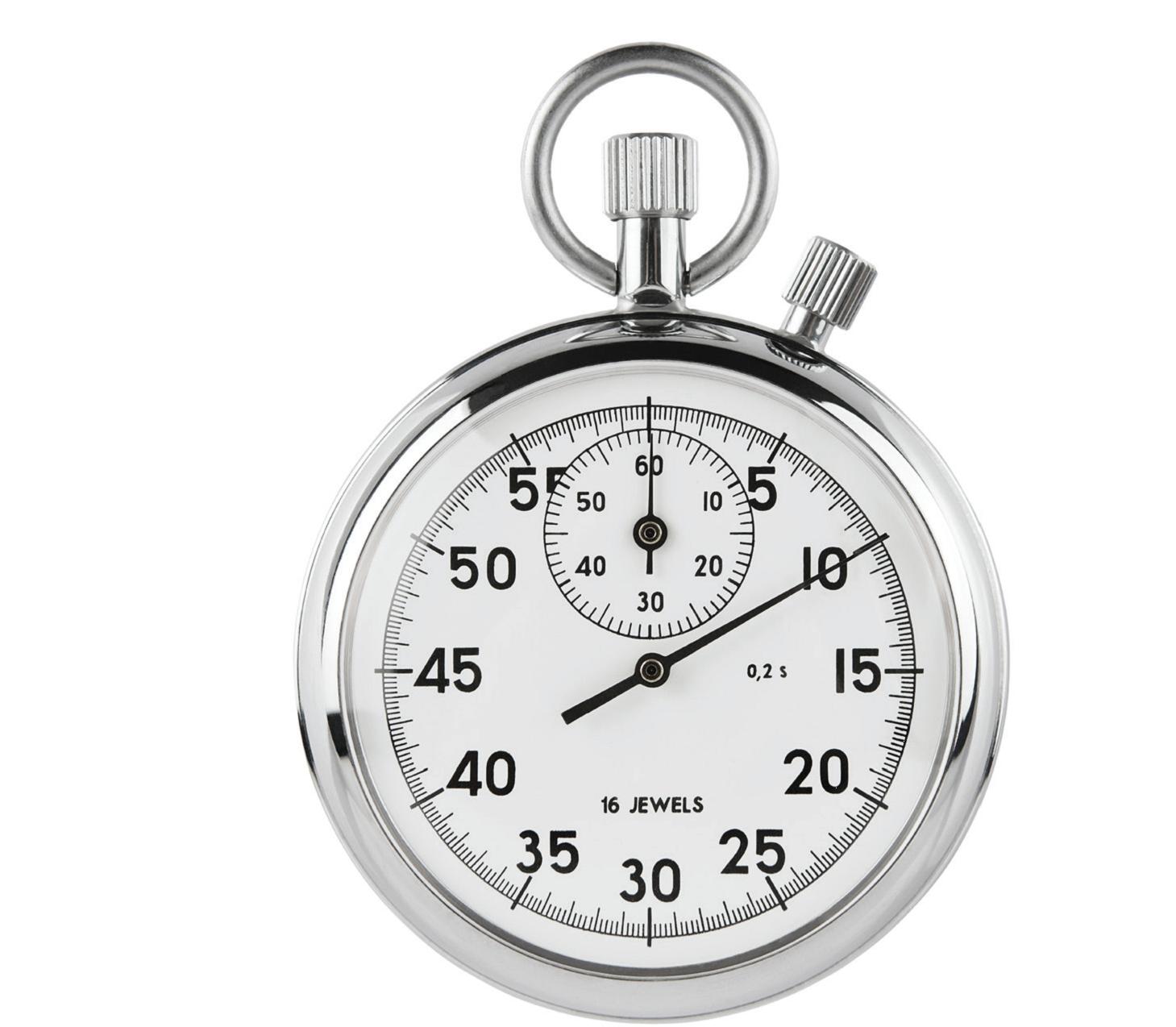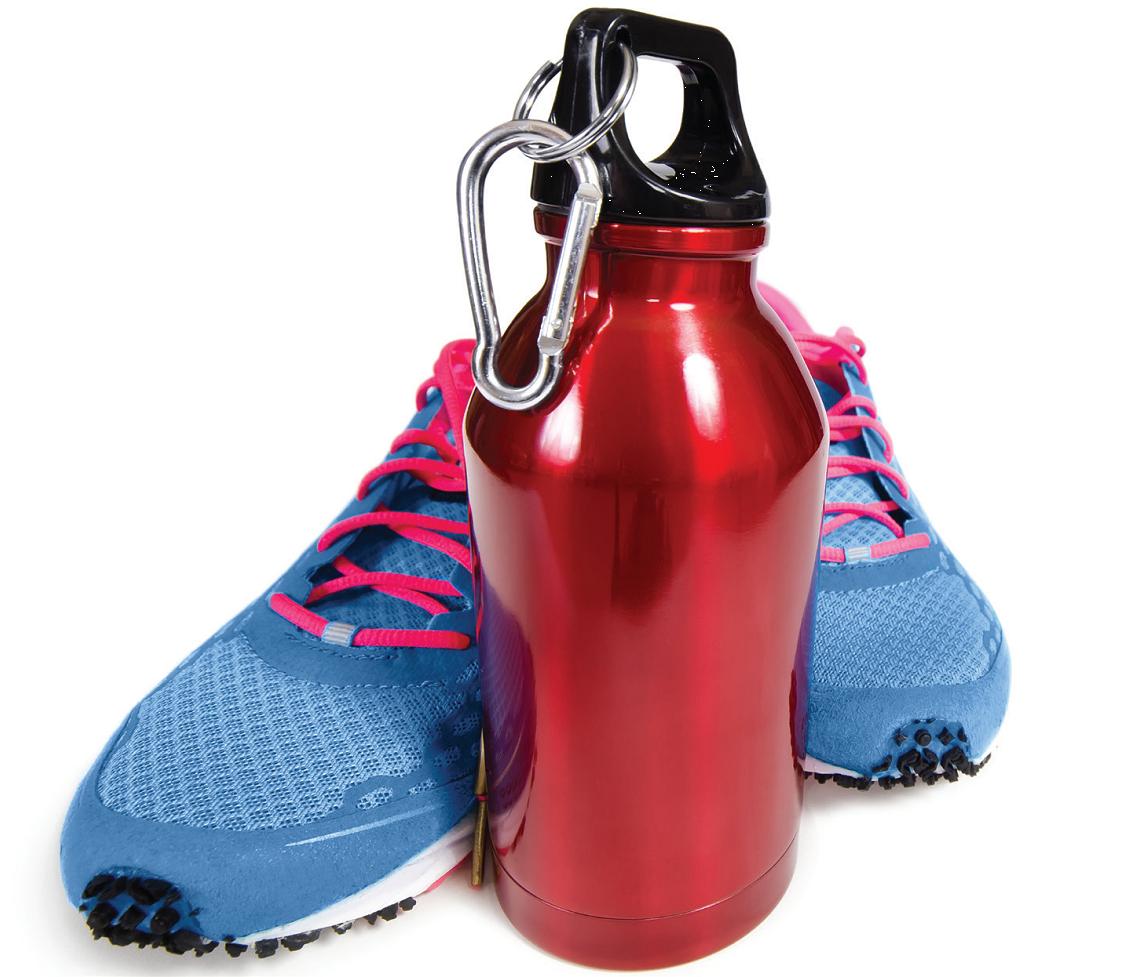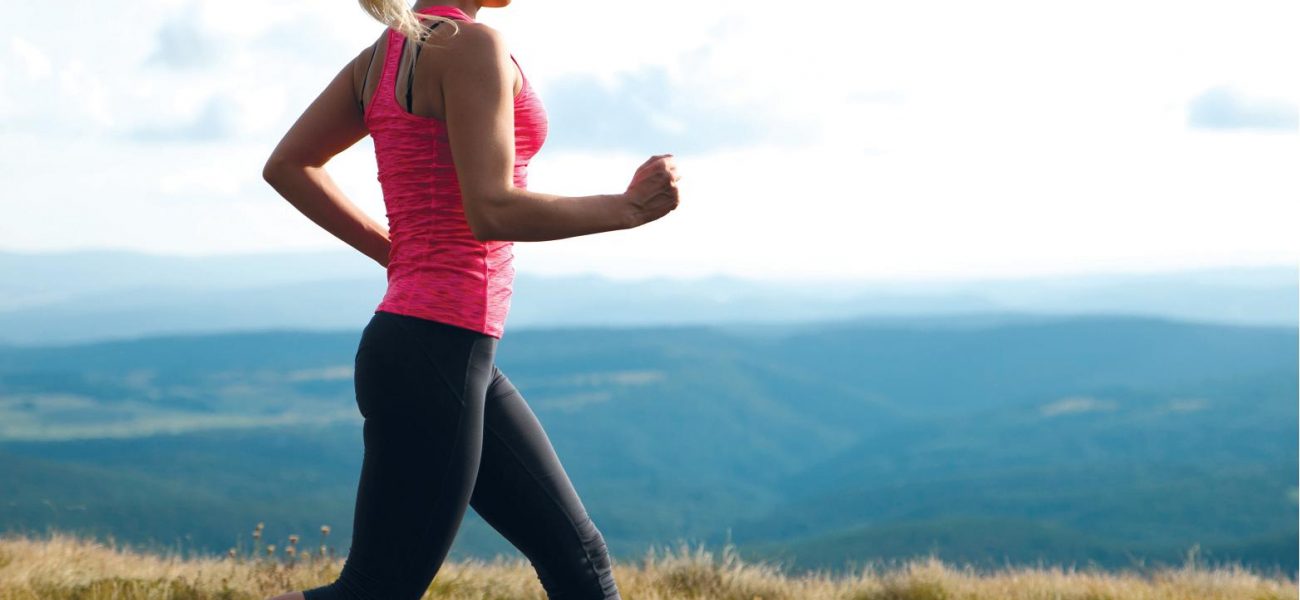-
 If your exercise regime has been lacking in recent years, the easiest way to get going again is on foot. Depending on your weight, a brisk 30-minute walk can burn up to 200 calories, making it a low-impact aerobic way to lose excess pounds while building your fitness base the safe and healthy way. Lacing up your boots and getting into the countryside also has psychological benefits, including a reduction in stress levels, boosted endorphins, and a lowering of anxiety. Kit yourself out with a pair of lightweight walking trainers to make sure sore feet won’t interrupt your new regime.
If your exercise regime has been lacking in recent years, the easiest way to get going again is on foot. Depending on your weight, a brisk 30-minute walk can burn up to 200 calories, making it a low-impact aerobic way to lose excess pounds while building your fitness base the safe and healthy way. Lacing up your boots and getting into the countryside also has psychological benefits, including a reduction in stress levels, boosted endorphins, and a lowering of anxiety. Kit yourself out with a pair of lightweight walking trainers to make sure sore feet won’t interrupt your new regime. -
 Interval training alternates between periods of low and high-intensity activity. You can tailor it to your fitness level, so if you’re starting out, try walking slowly for 45 seconds, quickly for 45 seconds, repeating this pattern for 20 minutes. You can adjust how long the periods are and increase the intervals and speed as you progress. You’ll slim down, too – you can expect to burn twice the amount of calories as if you were completing a 30-minute continuous walk or jog. Studies have also found that when the workout is over, exercisers maintain an elevated metabolism for a higher post-workout calorie burn.
Interval training alternates between periods of low and high-intensity activity. You can tailor it to your fitness level, so if you’re starting out, try walking slowly for 45 seconds, quickly for 45 seconds, repeating this pattern for 20 minutes. You can adjust how long the periods are and increase the intervals and speed as you progress. You’ll slim down, too – you can expect to burn twice the amount of calories as if you were completing a 30-minute continuous walk or jog. Studies have also found that when the workout is over, exercisers maintain an elevated metabolism for a higher post-workout calorie burn. -
These are fantastic, so don’t be put off by the word ‘run’; the organised weekly events are inclusive, suitable for all fitness levels, and they’re free to enter. The 5km courses can be completed at a walk, jog or run, and it really doesn’t matter how long you take. They are, however, timed so participants can see how their PBs improve over the months, which is motivating and you’ll be able to measure your fitness journey. You can expect to burn between 400 and 500 calories during a 5km jog, depending on your weight and the speed at which you run. Find out more at hereparkrun.org.uk
-
Don’t underestimate the benefits of attending a professionally-run outdoor fitness class – you’ll be coached properly, and exercising with like-minded people is motivating and fun, which all adds up to more commitment from you! The great news is that during an hour’s class, you can expect to burn upwards of 500 calories. You’ll find professionally-run classes have many variables, with exercises that are always different helping to maintain interest levels and provide a full-body workout. The biggest thing to remember when joining an established class is that everyone started somewhere, so stick at it. Research your local gyms and personal trainers, and don’t be afraid to shop around.
-
 You don’t need any special equipment to reap the benefits of circuit training – just an area of your local park where you can complete a combination of different exercises, either as timings or ‘reps’. Not only is circuit training a great way of increasing heart rate and burning calories, you can target the whole body with different exercises and, as with interval training, your increased metabolism will mean calorie burning continues after the session. Not sure where to start? Try doing 30 seconds each of the following exercises for a full-body work out: squats; push ups; lunges; mountain climbers; low plank; interval sprint. YouTube has plenty of advice on individual exercises, but if you’re not sure how to do these, professional advice is a must.
You don’t need any special equipment to reap the benefits of circuit training – just an area of your local park where you can complete a combination of different exercises, either as timings or ‘reps’. Not only is circuit training a great way of increasing heart rate and burning calories, you can target the whole body with different exercises and, as with interval training, your increased metabolism will mean calorie burning continues after the session. Not sure where to start? Try doing 30 seconds each of the following exercises for a full-body work out: squats; push ups; lunges; mountain climbers; low plank; interval sprint. YouTube has plenty of advice on individual exercises, but if you’re not sure how to do these, professional advice is a must. -
Stretching is never going to be at the top of the list when it comes to burning calories, it is, however, essential. Take your stretches outside, into the garden or park, to make this part of your exercise regime a pleasant as well as beneficial experience. Stretching has numerous advantages, but crucially it can stop you getting injured; it’s nothing short of frustrating to have a fitness regime stalled because of avoidable injury. In addition, it will improve your range of movement, and the better you move, the better you’ll feel. You will be able to walk, jog, lift and move more efficiently, and that means better results.
-
 It might be called trail running, but you can easily adapt it to your fitness level; anything from a walk to a run counts, as long as it is off-road. What you need to remember is that trail running is more demanding and so there are a few things that you need to consider before venturing out on your first excursion, not least knowing your route and its length. You’ll also need to concentrate while you’re doing it as trail running involves different and uneven surfaces. Take your time and have breaks whenever you need to… and if you have a friend who will tag along, that’s great news – training with someone else just adds to the fun!
It might be called trail running, but you can easily adapt it to your fitness level; anything from a walk to a run counts, as long as it is off-road. What you need to remember is that trail running is more demanding and so there are a few things that you need to consider before venturing out on your first excursion, not least knowing your route and its length. You’ll also need to concentrate while you’re doing it as trail running involves different and uneven surfaces. Take your time and have breaks whenever you need to… and if you have a friend who will tag along, that’s great news – training with someone else just adds to the fun!
Show your inbox some love
Get a weekly digest of Health & Wellbeing emailed direct to you.




















